
To enable motorcycle enthusiasts looking for a premium set of wheels, BMW Motorrad has announced that it will introduce the all-new BMW R 12 nineT and R 12 in India. Both motorcycles are available as Completely Built-up Units (CBU) and will commence deliveries from September 2024.
Available at an ex-showroom price of INR 2,090,000 and INR 1,990,00 respectively, the two motorcycles adhere to the roadster and cruiser design philosophy each. They are built on a common, versatile platform that consists of a one-piece tubular spaceframe, an airbox positioned flat under the seat and an angled spring strut.
The R 12 nineT is equipped with an aluminium tank with brushed and clear-coated side panels as part of a design focus on the ‘essential. This design thinking also reflects from the design of the seat and the tail-hump, both of which create a rising, dynamic line in visual terms.
The focus on essential design is supported by the compact and short rear end. The shorter fuel tank (30 mm shorter and narrower in the rear) ensures significantly improved ergonomics and a more front-oriented seating position compared to its predecessor.
The steel tank of the R 12, on the other hand, is reminiscent of the so-called ‘Toaster Tanks’ of the 1970s BMW 5 models and emphasises the typical design language of a cruiser in a classic teardrop shape. The large 19-inch front wheel and the small 16-inch rear wheel complement the overall design and help with the proportions as well. The classic cruiser design is also reflected in the relaxed seating position with low seat height and wide handlebars.
Both the motorcycles feature an air/oil-cooled boxer engine of 1,170 cc displacement capacity and does 109 bhp on the R 12 nineT and 95 hp on the R 12.
Aiding high dynamic qualities, the newly developed tubular bridge steel spaceframe eliminates the need for previous fastenings, reducing weight and giving the two motorcycles a cleaner and more classic appearance. The rear frame, also made of tubular steel, is bolted to the main frame. The left-mounted ‘Twin Pipe’ exhaust system with two rear silencers with reverse cone design caters to both the desire for a classically designed roadster and a cruiser.
On the all-new BMW R 12 nineT, the manifolds and the front silencer are chrome-plated and the rear silencer is electro-polished. The all-new R 12, on the other hand, features electro-polished manifolds along with a front silencer and rear silencer with a brushed surface.
The R 12 nineT and R 12 feature upside-down telescopic forks with a 45 mm slider tube diameter. The rear wheel suspension of the R 12 nineT features a Paralever swinging arm combined with a directly linked sprint strut, which is now angled diagonally compared to the previous R nineT series.
Both the motorbikes are fitted with Dynamic Traction Control (DTC), which ensures a high level of driving safety when accelerating. In addition, they also possess an engine drag torque control and tyre pressure control.
The riding modes include rain, road and dynamic as standard. The roll and rock modes on the R 12 help the rider to adapt his or her riding behaviour as per personal preferences.
Vikram Pawah, President, BMW Group India, said, “BMW Motorrad established the segment of classic bikes with the R nineT. This particular segment invites purists riders who want to focus on the original, and at the same time enjoy dynamic riding. The all-new R 12 series takes this path of emotional, original motorcycle riding even further. While the all-new BMW R 12 nineT as a classic roadster aims to make a stylish impression in urban environments, the all-new BMW R 12 embodies a classic cruiser for every day that makes you feel good and allows you to enjoy freedom. The most important values are charisma and individuality. Both motorcycles combine the authentic character of the boxer engine and the design language of traditional motorcycle eras with innovative technology and modular concept that offers the rider maximum customisation options.”
India Bike Week Shifts From Goa To Panchgani Hills For 2025 Edition
- By MT Bureau
- December 02, 2025
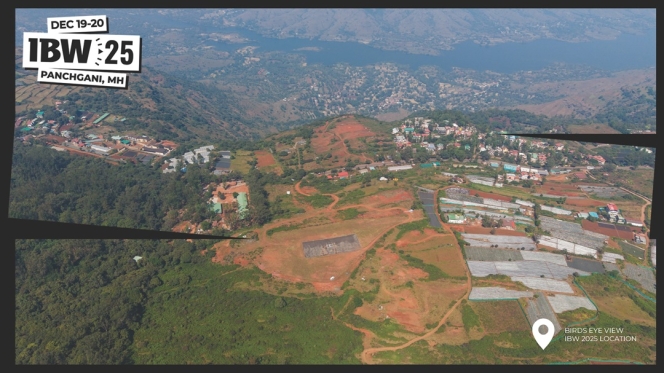
India Bike Week (IBW), presented by Gulf Syntrac, has shifted its 2025 venue from Goa to Panchgani, Maharashtra. The move, executed due to the rescheduling of Zilla Parishad elections in Goa to the IBW dates, means riders will now converge in the Deccan hills on 19th and 20th December 2025.
IBW 2025 will transform Panchgani into a high-altitude playground for riders, featuring new trails, cooler winds, bonfire nights, camping and after-parties. The edition promises IBW’s line-up yet, offering motorcycling experiences across multiple terrains – from hill climbs and mud trails to manufacturer-led road tests.
Martin Da Costa, Founder and CEO, Seventy Event Media Group, said, “As we celebrate 12 years of India Bike Week, it’s incredible to witness how this festival has grown into one of the world’s most spirited motorcycling gatherings. Although circumstances pushed us to shift venues this year, our ethos remains the same – community, adventure, and the freedom to explore. Panchgani offers us a fresh canvas and IBW 2025 is shaping up to be our most exciting edition yet.”
IBW’s 12th edition includes showcases such as the Endurance Stunt Show by Pol Tarres powered by Gulf Syntrac, the Wheelie Experience by Aprilia and India’s Test Ride Arena featuring the majority of India’s premium motorcycle line-up, now including a showcase by the Gulf TrackHouse MotoGP Team.
Over 10 riding experiences await, from the Pulsar Stunt School to a dedicated Kids’ Mini Moto Track by Vida’s Dirt-E K3, along with masterclasses led by expert creators and overlanders.
Competitive racing will feature on FMSCI-backed tracks such as the IBW Hill Climb by Reise Moto and Harley-Davidson Flat Track Race.
The Skoda Kodiaq All-Wheel Drive Track makes its debut, offering driving and off-road challenges.
Presented by Carlsberg Elephant Strong Soda, the festival’s music line-up includes performances by King, Karan Kanchan, Sugga Honey, along with Harley-Davidson Rock Riders’ Music featuring Antariksh.
The BIG TRIP presented by Gulf Syntrac returns with a compelling line-up. Twelve speakers – including global overlanding legends Simon & Lisa Thomas, Elspeth Beard, Zubin Jaafar and storytellers Kshitij Saxena, Gautham AG, Candida Louis and Maral Yazarloo – will bring narratives of grit, resilience and exploration.
The Ladakh Tent presented by Carlsberg Elephant Strong Soda hosts discussions, including ‘India on Two Wheels,’ a Storytellers Roundtable, ‘RTW 101,’ and ‘Women in Motorsports.’
The Jameson Connects Howling Dog space brings together creators, rider groups, and lifestyle influencers.
Hero MotoCorp Clocks 31% Sales Uptick In November Amid Continued Demand
- By MT Bureau
- December 02, 2025
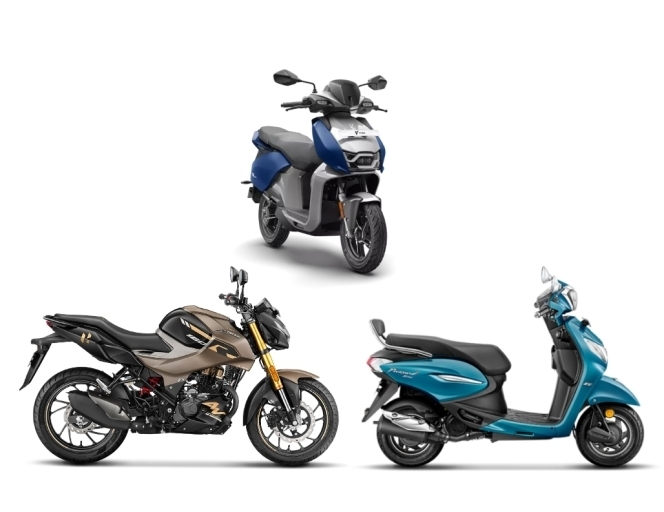
Hero MotoCorp, the world’s largest manufacturer of motorcycles and scooters, registered dispatches of 604,490 units in November 2025, marking a 31 percent YoY growth.
In the domestic market, the company sold 570,520 two-wheelers, up 30 percent YoY, as against 439,777 units sold last year. On the exports front, the sales came at 33,970 units, as against 20,028 units, marking a 70 percent increase YoY.
This performance sustains the growth momentum following the festive season, driven by positive consumer sentiment across urban and rural markets, supported by GST benefits and a macroeconomic landscape.
VAHAN registrations showed strong domestic demand, with 886,330 units registered in November 2025. Retail registrations grew 26 percent to 1,882,739 units for the combined period of October and November 2025, reflecting dealership and consumer demand.
The company's performance was supported by the success of new models such as the Xtreme 125R, GlamourX 125, Destini 110, and Xoom 160.
VIDA, powered by Hero, sustained its growth trajectory with 12,199 VAHAN registrations, reflecting a 66 percent growth compared to the same period last year. The company strengthened its position in the EV sector, capturing a 10.4 percent market share. The VIDA Evooter VX2 continued to drive retail growth and sales volume, and the company also expanded the line-up with the VX2 Go 3.4 kWh variant.
Suzuki Motorcycle India Sells 122,300 Units In November 2025
- By MT Bureau
- December 01, 2025
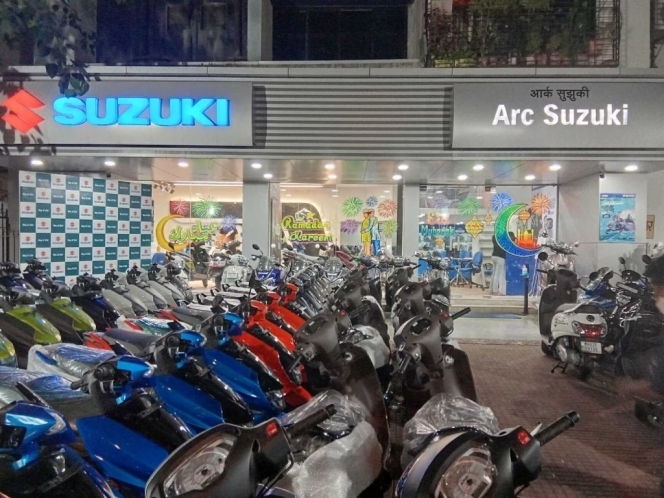
Suzuki Motorcycle India (SMIPL), the two-wheeler subsidiary of Suzuki Motor Corporation, Japan, has announced its sales performance for November 2025, recording total sales of 122,300 units. This marks a strong 30 percent YoY growth over 94,370 units sold in November 2024.
In the domestic market, the sales touched 96,360 units last month, which was 23 percent growth over 78,333 units a year ago.
On the exports front, sales grew 62 percent reaching 25,940 units in November, up from 16,037 last year.
Additionally, SMIPL’s aftersales business continued gaining momentum with spare parts sales of INR 955 million in November.
Deepak Mutreja, Vice-President – Sales & Marketing, Suzuki Motorcycle India, said, “We are grateful for the growing confidence our customers place in Suzuki. Their support, along with the dedicated efforts of our dealer network, continues to drive our growth. Alongside strengthening our presence, we are also expanding customer engagement initiatives and experience-led programs to bring riders closer to the brand. We will continue to invest in enhancing accessibility, after-sales experience, and community-building as we work towards sustained growth.”
Honda Motorcycle & Scooter India Clocks 25% Sales Growth In November
- By MT Bureau
- December 01, 2025
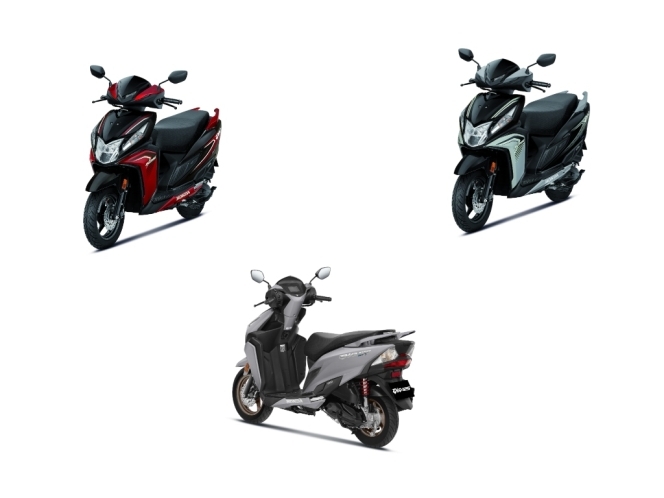
Honda Motorcycle & Scooter India (HMSI), one of the leading two-wheeler manufacturers in the country, has reported wholesales of 591,136 units in November 2025, up 25 percent YoY.
The total sales figure for the month included 533,645 units in domestic sales and 57,491 units in exports.
During the period, the automaker continued its commitment towards road safety by organising awareness campaigns across various cities nationwide, encouraging responsible road behaviour through interactive learning.
HMSI also celebrated Children’s Month with a Kids Carnival across all its manufacturing facilities, Traffic Training Parks (TTPs), and Safety Driving Education Centers (SDECs). The initiative, themed ‘Safety Explorers: Journey Through Traffic Land,’ aimed to make road safety learning engaging for children while promoting safe habits from an early age.


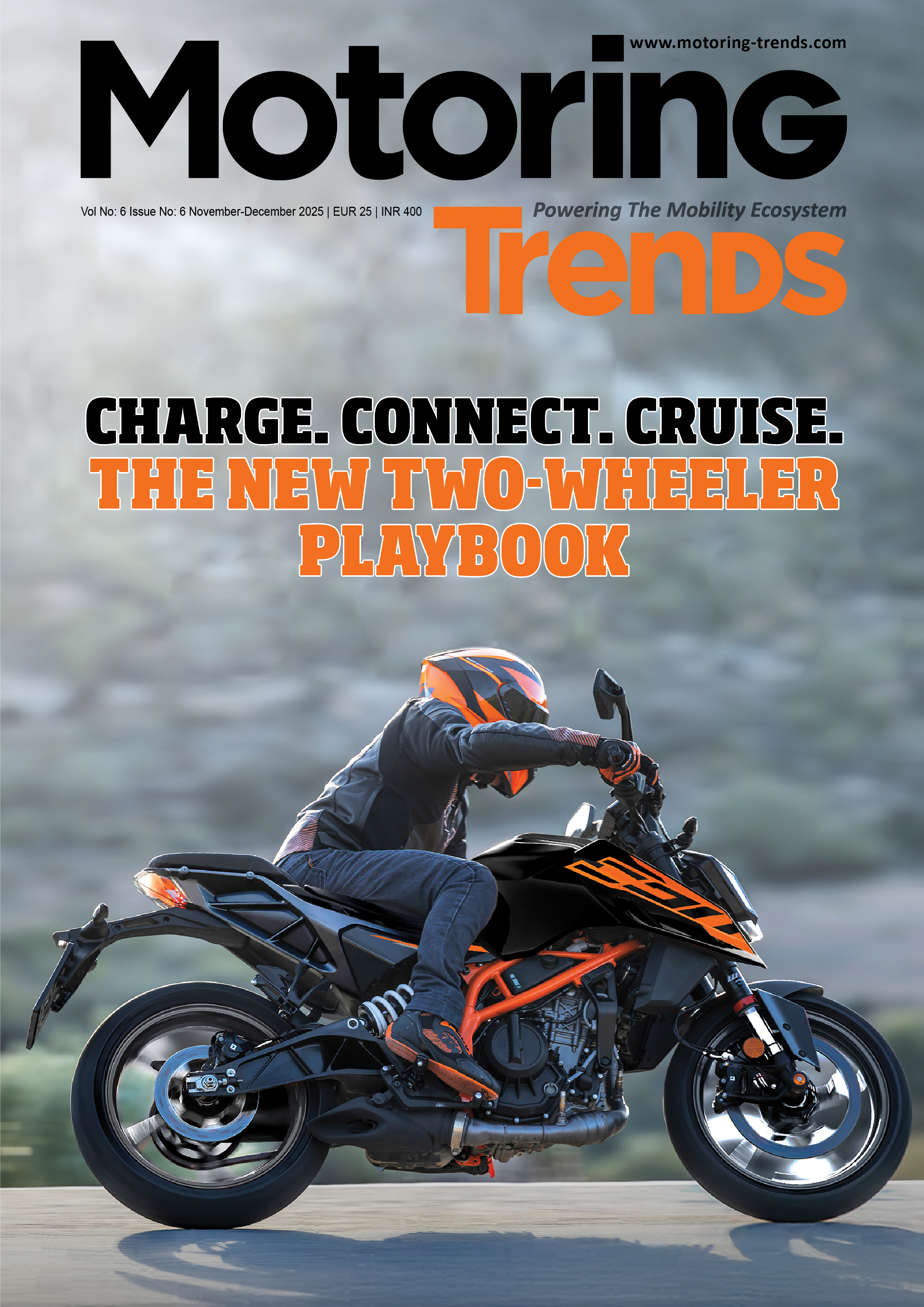



Comments (0)
ADD COMMENT